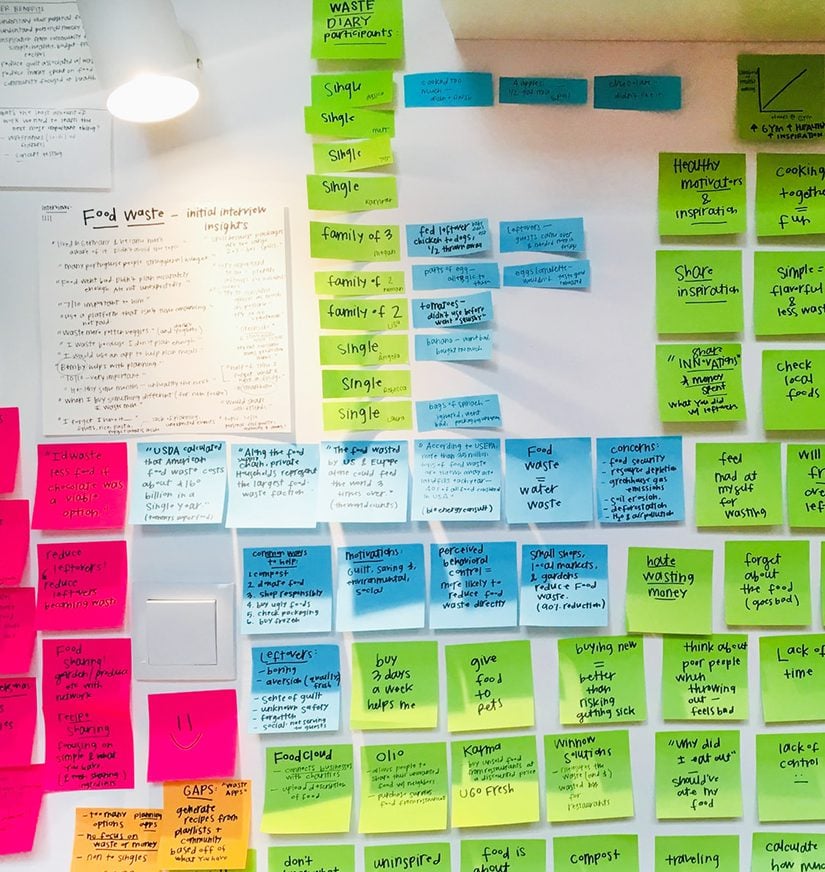The importance of clear, concise learning objectives cannot be overstated. Learners need to know what to focus on to learn the content. Still, courses fill curricula that do not have clear learning outcomes. Yet, with a few tweaks, courses and entire curriculums can be an impactful learning experience. Read below about the importance of learning goals and objectives for curriculum development.
Intentional Design Matters for Curriculum Development
So, design teams build effective curriculums with intent. They design courses that build student skills and competency on their learning journey. Learning goals and learning objectives are the starting point. Yet, these items are two distinct, different tools. Still, they are entwined.
- Learning goals are the broad, guiding vision for the curriculum. Learning goals lead to long-term outcomes. They answer the question, “What content will I teach the students? Curriculum goals do not specify how schools achieve these outcomes. That’s the job of the learning objectives.
- Learning objectives get into the specifics of how the courses in the curricula meet the learning goal. After all, different institutions meet the same learning goal through various learning objectives. For example, a community college may offer an instructor-led seminar to onboard new students. However, a four-year institution uses a combo of face-to-face and online instruction to welcome new students.
Know the Audience for Curriculum Development
Still, learning goals and outcomes need to meet the student where they are on their learning journey. Yet, many online courses – especially courses developed in the emergency remote learning time – do not. Good curriculum design asks, “Who is the learner?” IDs consider demographics, age, level of education, cultural diversities, and more – much, much more. Also, this step lets schools target their curriculum to their institution’s vision, mission, and strategic plan. For example, a community college curriculum targets older students looking to change careers. A four-year institution looks to expand online course offerings targeting executives.
Goals Set Up the Foundation
So, good course design begins at the end. Backward design asks the question: What are the essential things that the student must do at the end of this course? How will the institution know learning has happened? Learning goals shape success metrics. Learning goals show the necessary knowledge, skills, and attributes to meet the identified learning need. Therefore, the more time spent on the desired course outcomes upfront, the stronger the course content is in the final curriculum.
Objectives Provide Focus for Curriculum Development
Still, development resources are finite. Together, IDs and stakeholders prioritize needs. Learning objectives laser in on must-haves, nice-to-haves, and wants. That way, content creators do not waste resources creating curriculum schools do not want or need. IDs need to know which resources need investment. Besides that, activities can get expensive. Simulations, virtual-reality role plays, and swanky platforms are pricey to make. Learning objectives detail educators’ specific instructional methods to meet the learning goal.
Objectives Help to Direct Student Learning
Besides that, learning objects allow teachers to intervene when a student is struggling with a concept. A student gets the chance to linger on a learning objective until they master the skill. Online learning is ideal for filling skill gaps. So, an intentionally designed curriculum offers teachers various approaches to meet the learning goal. Teachers pick which instructional method delivers the best learning objectives for the student. Besides that, teachers use different pedagogical approaches to evaluate if each student has met the learning objective. Assessments assess individual students’ ability to meet the learning objective.
Goals and Objectives Support the Learning Process for Curriculum Development
Learning goals and objectives have the power to transform the educational landscape. Institutions set the vision of equity and inclusion in their classrooms. IDs review scenarios, simulations, and textbook examples for representation across the curriculum. Learning objectives deliver the learning goal one skill at a time. Also, leaders set the learning goal for accessible content. Content creators make learning objectives that work for mixed-ability and multilingual classrooms.
In sum, institutions can use learning goals to align their curriculum development to their strategic plan, vision, and school mission. Likewise, learning objectives align each course in the curriculum to achieve the desired outcomes. Yet, learning goals and objectives deliver the best results when intentionally built into each other. Besides that, content creation teams lead schools through the fine-tuning and creation of content that meets the needs of students and delivers measurable results for stakeholders.




